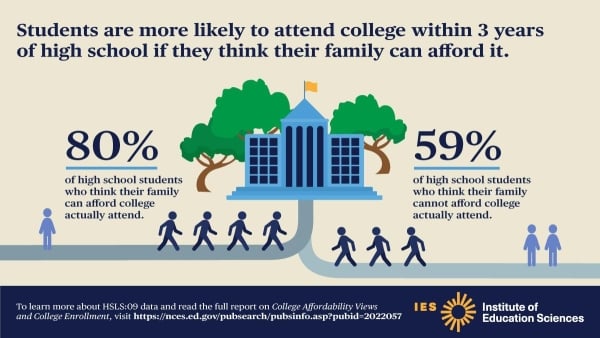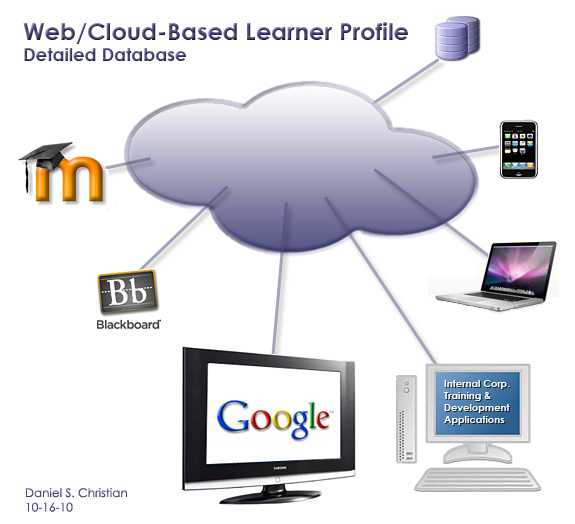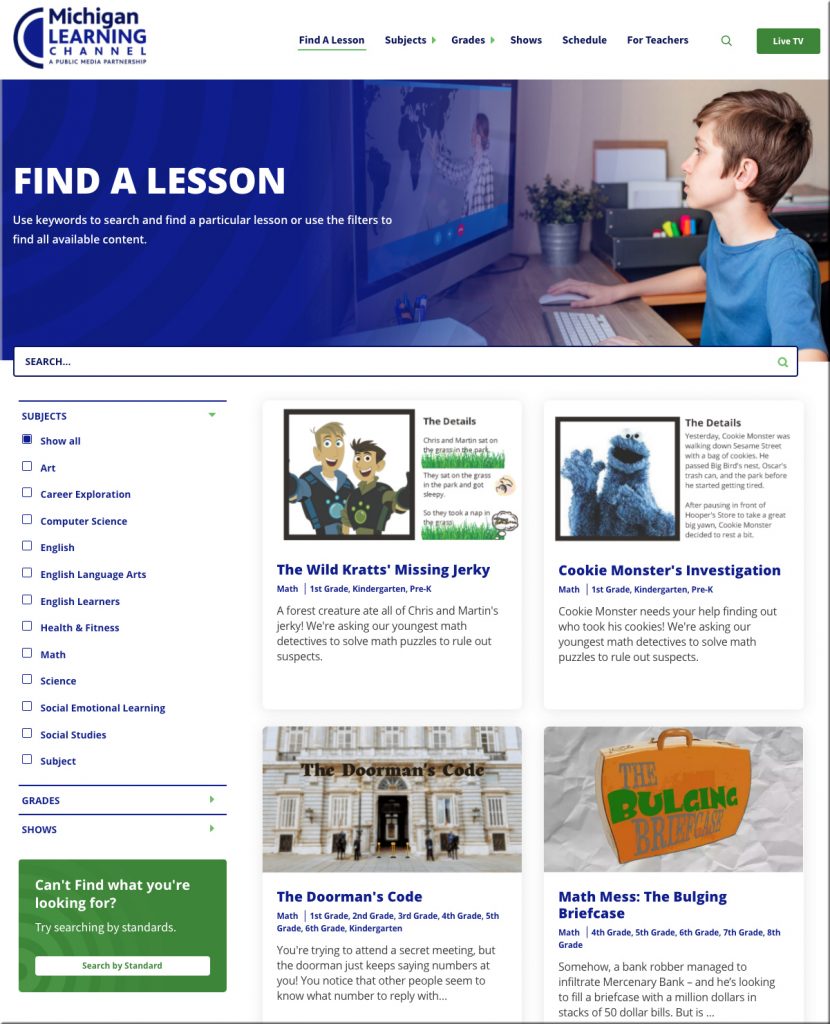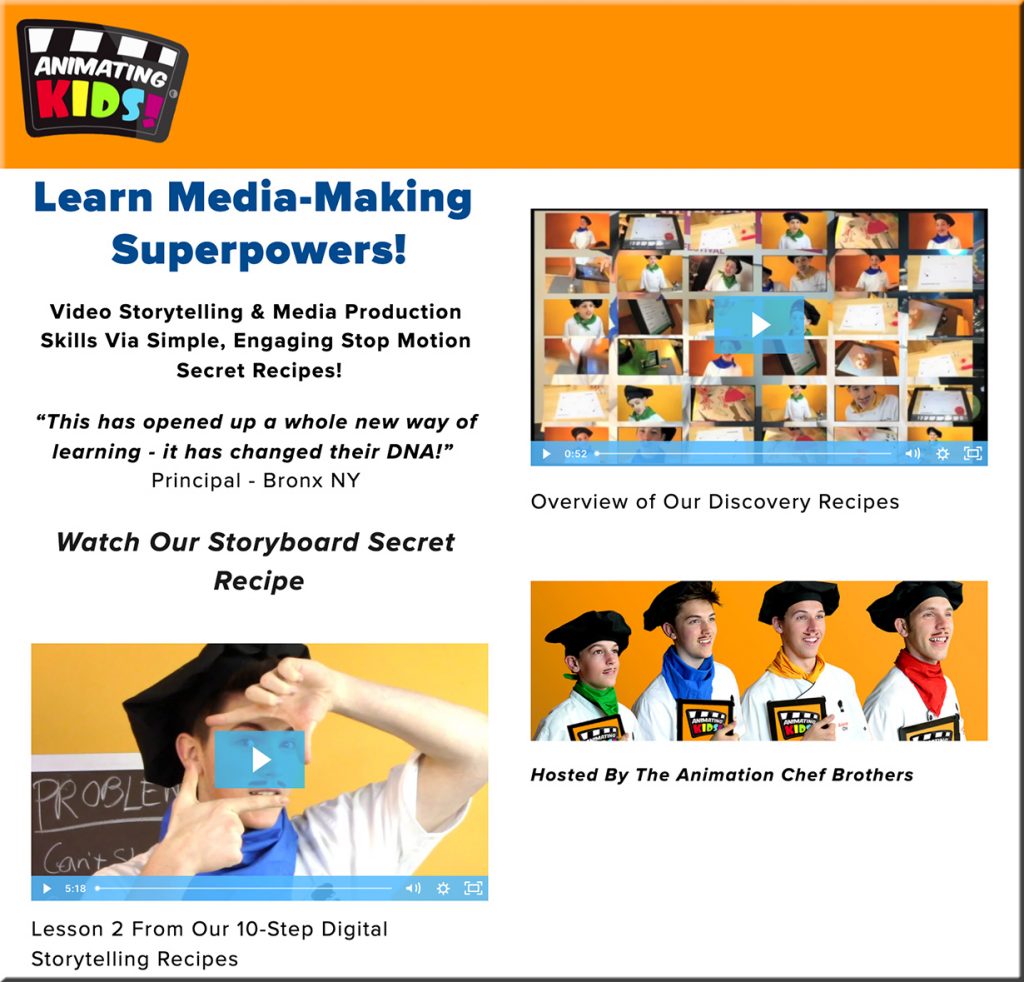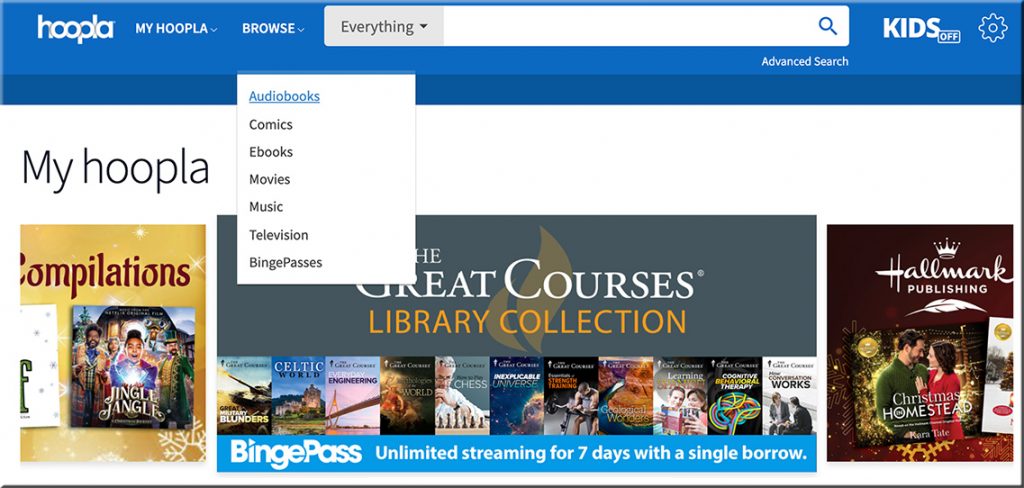Exemplar of successful implementation of tech in schools — from donaldclarkplanb.blogspot.com by Donald Clark
Excerpts:
It was impressive to find a school network that took technology as seriously as Curro, in South Africa. They had invited me to give a keynote on AI for Learning, based on my book and experience but I hung around as the teacher sessions were so damn good. This is what I learnt, as I think it is a recipe for success.
…
This was the big surprise. There were glowing testimonials from teachers about the power of adaptive learning, using AI, to personalise learning for students. It was described as a ‘gamechanger’ by the teacher who presented, with clear targeting, so that efficient and relevant, individual interventions could be made for students. It was clear that they knew why they wanted this technology, had implemented it well and were using teacher feedback to spread the word internally.
I was giving a talk as part of that process. The day’s activities were under the banner of ‘Imagining 2022’. It’s hard enough to Imagine what any year will bring these days but it was clear that this was a learning organisation, willing to learn from their mistakes and make the effort to plan forward.
Also see:









